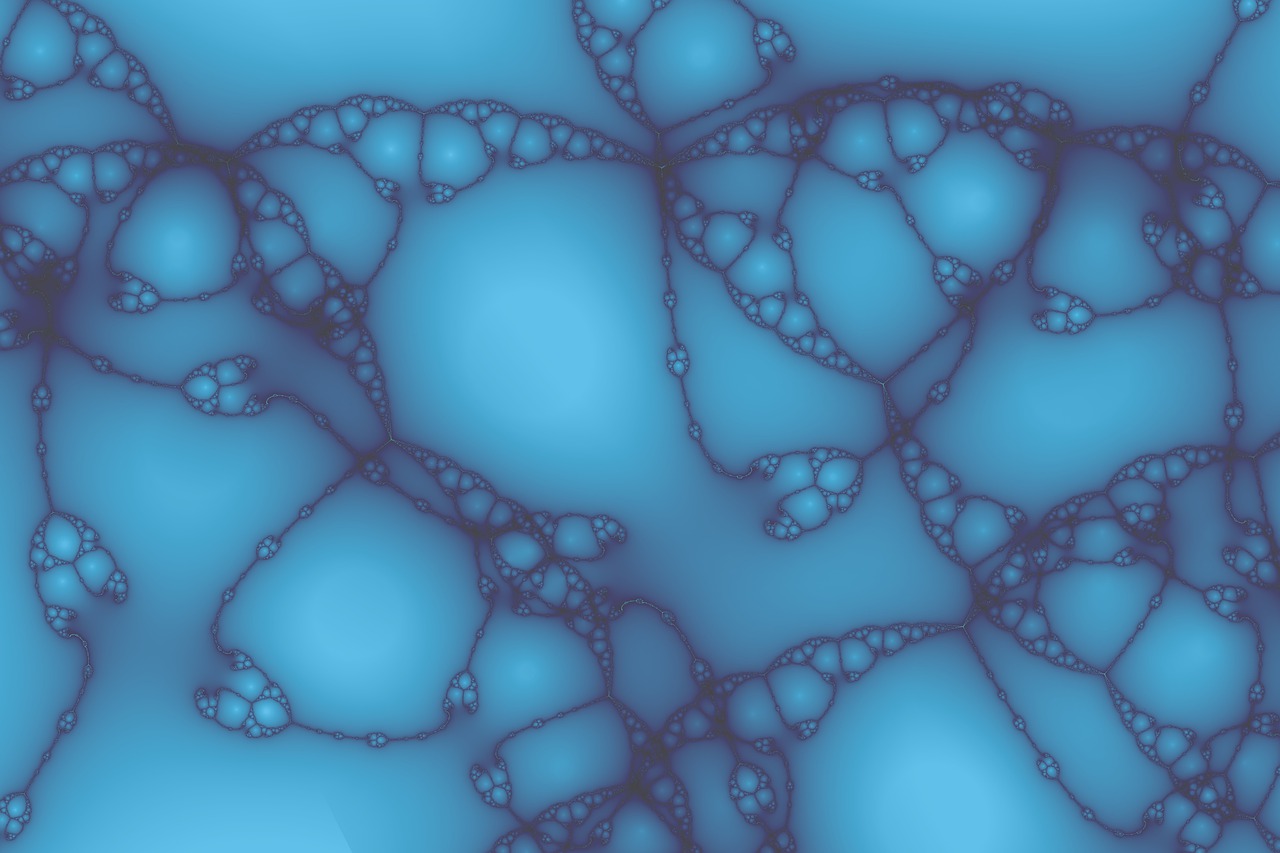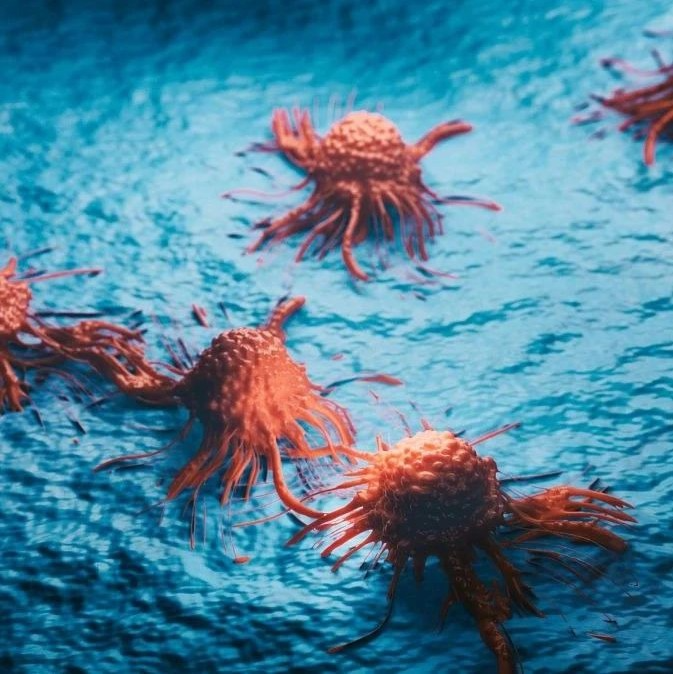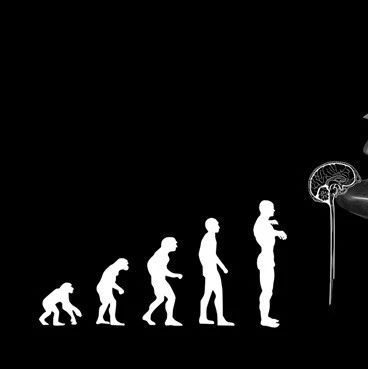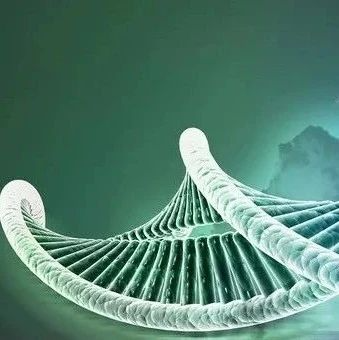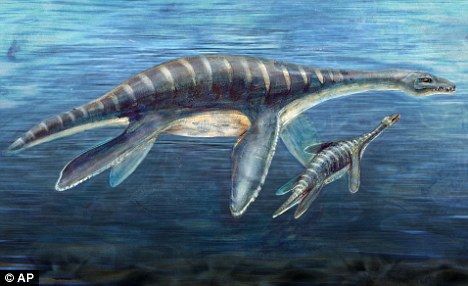
一些人认为今天所说的水中怪物是蛇颈龙,即一种生活在恐龙时代的水中长颈爬行动物,但这一说法遭到了驳斥。
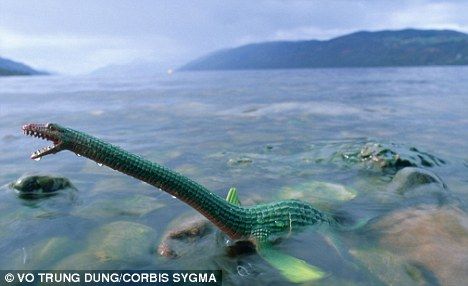
尼斯湖水怪的传说一直以来吸引了大量关注的目光。
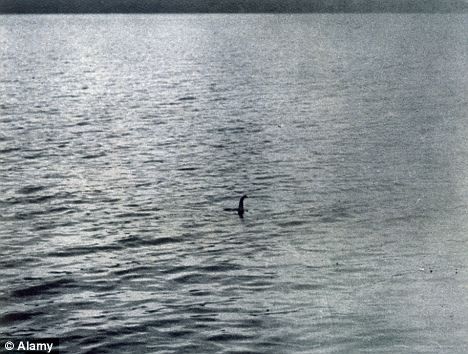
这是一幅著名的照片,据说这就是那条尼斯湖水怪游泳时的场景。
北京时间7月20日消息,在一个会议上,海洋生物学家们宣称海洋中可能确实存在着巨型怪物。这是一种推测,因为海洋生物学家们每次潜入水下总能不断地发现全新的,尚未被发现的物种,因此不能排除这种可能性。
来自朴茨茅斯大学的古生物学家戴伦·耐什(Darren Naish)说:“民间大量海中巨怪的目击报告不能全部用视觉错误或谣言来解释。”他说:“至少其中一部分由受过训练的自然科学家提供的目击记录或许是具有一定的可信度的,或许这真的是一次和某种未知生物的遭遇经历。”
其中一个这样的例子发生在1905年,当时动物学家埃德蒙·瓦尔多(Edmund Meade-Waldo)和麦克·尼克(Michael Nicoll)描述他们在巴西外海遭遇到一条奇怪的“海中怪蛇”。
另外在1848年,英国皇家海军代达罗斯号(HMS Daedalus)的舰员目击一条60英尺(约合18.3米)长的海中怪物。当时他们正行驶在南大西洋中,执行前往圣海伦娜的任务。当时,伦敦的生物学家们认为这有可能是一头海象,甚至怀疑是一艘倾覆的小船。
耐什7月19日在伦敦举行的动物学会会议上说:“由于近年来仍然不断发现大型物种,甚至鲸类和鲨鱼类近来仍有新种被命名,如果认为这样的巨型怪物尚未发现,至少从理论上来说并非是不可能的。”
一些人认为今天所说的水中怪物是蛇颈龙,即一种生活在恐龙时代的水中长颈爬行动物。但这一说法遭到了来自圣安德鲁斯大学的查尔斯·帕克斯顿(Charles Paxton)博士的驳斥,他是这次会议的组织者,这次会议的主题便是《神秘动物学:科学还是伪科学?》。
他说:“如果真的有这样的史前生物生存到了今天,那将意味着我们对于化石记录的理解出现了重大的错误。”
帕克斯顿博士同样不认为现在海洋中的所有大型动物都已经被发现,他举例说:“比如在1995年,人们发现一条体长达到3.42米的鳐,这是一种底栖动物。”在过去20年间,生物学家们已经发现并新命名了8种大型海洋生物。
神秘动物学(Cryptozoology)是对那些传说中存在的动物的研究,或者说搜寻那些其存在与否尚未被证实的生物的努力,如尼斯湖水怪和喜马拉雅山雪人等等。
生物探索推荐英文报道
Scientists: Sea Monsters are Real
"Sea monsters such as those described in the stories of ancient marines, may not be entirely fictional. Scientists claim that those creatures do exist…"
Sea monsters such as those described in the stories of ancient marines, are not entirely fictional. Scientists claim that those creatures do exist. However, their appearances might not be similar to those described in ‘Jurassic Park’ movie, and might not be close to those of the ancient times.
Scientists discussed the possibilities of the existence of monstrous creatures living deep under the ocean in Zoological Society of London (ZSL) meeting conference. One of the speakers, who is a palaeontologist, Dr Darren Naish said, “ The numerous reports of the sudden appearances of the so-called ’sea monsters’ cannot be entirely associated with misinterpretations, false memories, or hoax (false news),” he said as published in the Daily Mail, July 12, 2011.
At least some of them – especially those involving people who have reasonable knowledge and understanding of science and nature – must be the real appearances of animals and species unknown to science and the outside world. Moreover, “A number of new species has been discovered lately, such as whales and sharks. So, the idea of the existence of these ‘sea monsters’ (when they will be discovered and known to the world of science) would just be a matter of time, and is just very rational”, Naish said.
Despite this, however, he rejected the idea that the appearance of the so called ’sea monsters’ may resemble those from the ancient times. He argued that it would be unlikely that these creatures have long necks like the dinosaurs.
Meanwhile, a session discussing ‘Cryptozoology: Science or Pseudoscience’ was held by Dr Charles Paxton from the University of St Andrews.
He argued that it is wrong to assume if all of those large animals living in the sea have been all discovered and known to science. For example, in 1995, there was a dicovery of a species of stingrays that live on the seabed (length at about 3.42 meters).
“There are differences between animals that live on the seafloor and those that will occasionally appear on the surface for their respiration need, and we have discovered a new species of whale,” he added.
In line with Naish, he agreed that chances are slim that we will find some plesiosaurs living in the sea. “If there were any living prehistoric animals today, it would just imply that there had been something very wrong with our understanding of the fossils record,” he said.
We have to take into account that there has been at least eight new large marine species that have been discovered in the last 20 years. In 1905, zoologist Edmond Meade-Waldo and Michael Nicoll found a species of ’sea serpent’ off the coast of Brazil.
FYI, the term ‘Cryptozoology’ itself means ‘the study of unknown animals’. This refers to the attempt to find the so-called mythical creatures whose existences have not been proven, like the giant Loch Ness, Bigfoot and the Yeti.
Read more: https://scienceray.com/philosophy-of-science/scientists-sea-monsters-are-real/#ixzz1ScqxbYZ8


